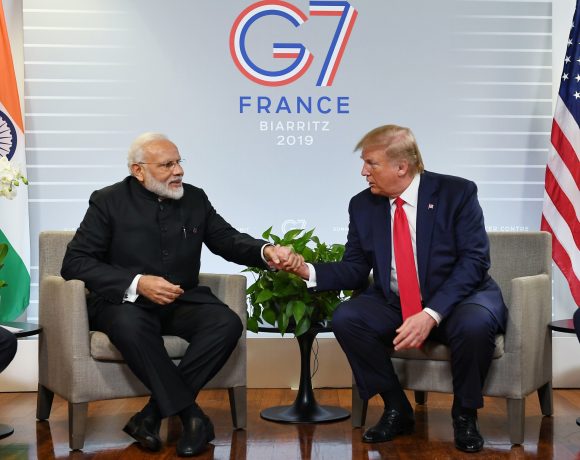
China Restricts Hollywood Film Imports Amid Escalating Trade Tensions
In a fresh escalation of the ongoing trade conflict between the United States and China, Beijing has moved to restrict the import of Hollywood films. The measure is widely seen as a retaliatory response to the U.S. decision to raise tariffs on Chinese goods to 125%, marking a significant shift in the cultural and economic landscape of the dispute.
China’s National Film Administration announced that fewer American films will now be allowed to screen in Chinese theaters, citing alignment with market conditions and audience demand. While the official justification highlights local preferences, the timing and tone of the announcement make it clear that the restriction is a direct counter to growing U.S. protectionist measures.
For decades, Hollywood has enjoyed immense commercial success in China, with major blockbusters earning hundreds of millions at the Chinese box office. However, recent trends show a significant shift in the country’s entertainment consumption. Since 2020, Chinese films have increasingly outperformed international releases, now making up nearly 80% of the domestic box office share. The January 2025 release of “Ne Zha 2” shattered previous records, becoming the highest-grossing film in a single market worldwide.
The new import curbs may have limited financial impact on the Chinese film industry but send a clear geopolitical message. With Hollywood’s dominance already waning in China, this move serves as a strategic yet symbolic measure in the broader economic standoff.
Observers point out that the decision represents a growing trend of using cultural influence as leverage in global trade disputes. As both nations entrench themselves in retaliatory measures, the ripple effects are now being felt beyond traditional sectors—touching soft power industries like film and entertainment.
The development marks a deepening of the trade war, where tariffs are now accompanied by targeted cultural and commercial restrictions, raising the stakes for both economies and the industries intertwined in their rivalry.


















